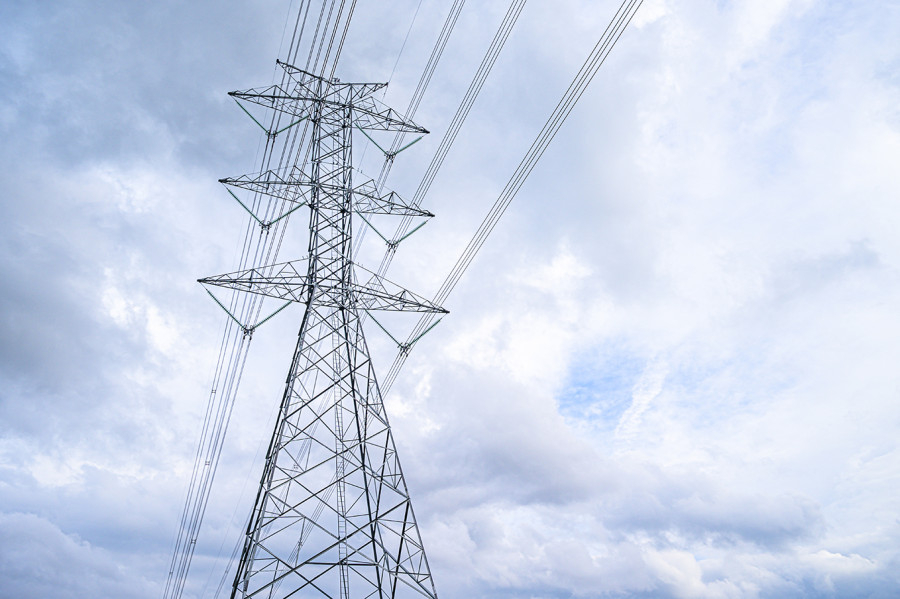Money
Solu hydro project hamstrung by lack of transmission line
The 23.5 megawatt plant located in Solukhumbu district completed a trial run in November.
Deo Narayan Sah
Solu Hydroelectric Project in Solukhumbu district completed a trial run in November and is set to operate commercially, but the 23.5 megawatts of energy it churns out is going to waste for lack of a transmission line connecting it to consumers.
“The plant will begin commercial production after technicians from the Nepal Electricity Authority finish conducting tests,” said Sashi Sagar Rajbhandari, executive director of the project.
“We are worried that the electricity will go to waste. The transmission line has not been completed,” he said. The project has been working to evacuate some of the electricity
over the 33 kV Tingla-Okhaldhunga-Jaljale-Lahan transmission line. “But as this power line is too long, it may not be able to handle the extra load,” he said.
When the country was suffering from an acute energy crisis during the years 2010-11, with power cuts of almost 16 hours daily, the government had announced an 'energy emergency' which lasted four and a half years.
At that time, the government had planned to generate 2,500 megawatts. The private sector was tasked to generate electricity through six hydropower projects on the Solu River, and they were named the 'Super Six' projects.
The state-owned power utility had contracted Mohan Energy Corporation of New Delhi, India to build the 132 kV transmission line which will feed the electricity generated by the six hydropower projects into the national grid.
The power line project is being executed by the Nepal Electricity Authority with a $29 million soft loan from India.
The Nepal Electricity Authority is constructing the 90-km Mirchaiya-Tingla 132 kV double-circuit transmission line and a substation at Tingla in Solukhumbu district. The transmission line will pass through 22 villages in Mirchaiya, Siraha district to Tingla in Solu through Okhaldhunga district.
The Nepal Electricity Authority has signed power purchase agreements with the Super Six projects which have a combined installed capacity of 217.5 megawatts. As per the pacts, the power utility has to pay a penalty if it fails to feed the power generated by the 82 megawatt Lower Solu and 18 megawatt Upper Solu projects into the national grid through the new transmission line.
Lower Solu is close to begin producing energy. According to Rajbhandari, the project started in 2014 was scheduled to be completed by 2018, but it was delayed by a year due to lack of a transmission line. Upper Solu was built at a cost of Rs4.40 billion.
The Nepal Electricity Authority had warned the contractor for the Solu Corridor Transmission Line Project that it would be fined if the power line and substation were not completed within the stipulated time. But the contractor failed to complete the project within its March 2019 deadline.
The Lower Solu project has completed 85 percent of the physical works, said Kabiraj Poudel, the project managing official.
“The project was scheduled to be completed by December last year, but due to the delay in the construction of the transmission line, the pace of construction at the project site has been slowed down.”
According to him, the project costing Rs16 billion will be completed by July. Construction
work on the 86 megawatt Solu Khola (Dudh Koshi) Hydroelectric Project has been expedited. The scheme is expected to cost Rs11.86 billion. The 18 megawatt Upper Solu is also in the final state of completion, according to Ganesh Karki, manager of the project. The project cost is Rs3.27 billion.
Shree Ram Raj Pandey, chief of the Nepal Electricity Authority in Province 1, said that due to delays in constructing the transmission line, they had planned to release 10-15 megawatts of electricity to consumers near the project site.
“We will first evacuate 10-15 megawatts via the 33 kV Tingla-Okhaldhunga-Jaljale-Lahan transmission line,” he said. “The excess energy will be distributed locally.” Pandey said that the transmission line project would be completed next year.
Janardan Prasad Gautam, chief of the Solu Corridor Transmission Line Project, said 303 pylons would be erected. “So far, 146 towers have been erected, and 23.5 km of cable has been installed,” he said.




 15.12°C Kathmandu
15.12°C Kathmandu-(1).jpg)















